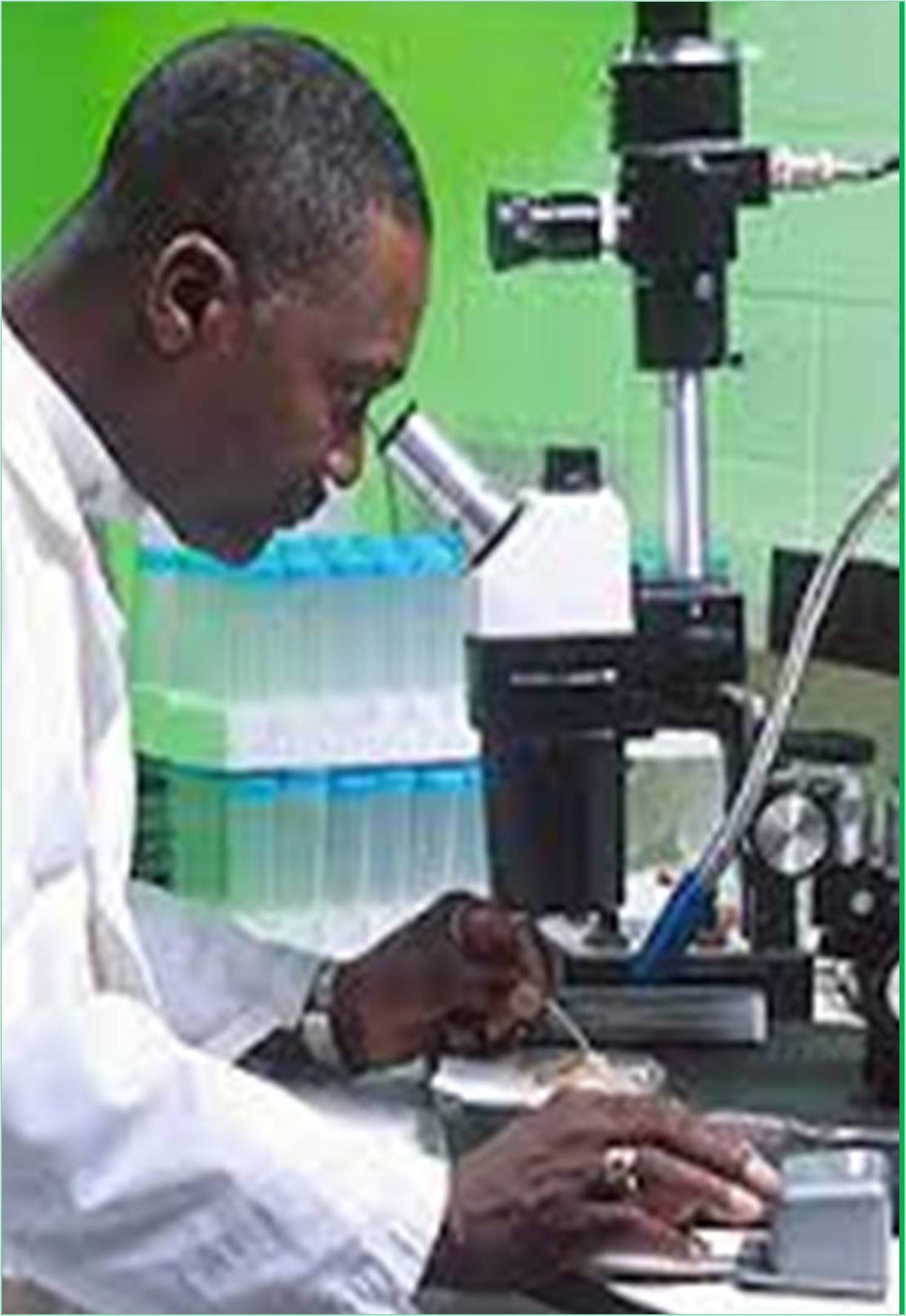



Received: 06-Jul-2022, Manuscript No. GJMR-22-71645; Editor assigned: 11-Jul-2022, Pre QC No. GJMR-22-71645 (PQ); Reviewed: 26-Jul-2022, QC No. GJMR-22-71645; Revised: 05-Aug-2022, Manuscript No. GJMR-22-71645 (R); Published: 12-Aug-2022, DOI: 10.15651/2449-1799.22.10.412
Utilizing biotransformation and remediation techniques, microbial biodegradation uses microorganisms' innate capacity for xenobiotic metabolism. The effects of internal variables were caused by the structure of the pesticide and the microorganisms, and they were classified into internal factors and external environmental factors (Schmidt, et al., 2006). This limited the microbial breakdown of pesticide residues. Directly influencing microbial species, metabolic activity, and adaptation were the degradation and transformation of pesticides. Numerous studies have demonstrated that different microbe species or strains of the same species react in different ways to the same organic substrate or hazardous metal, and that these microorganisms have a significant capacity to domesticate themselves (O'Loughlin, et al., 2000). The novel substances could either develop a new enzyme system to breakdown them or induce microorganisms to produce the equivalent enzyme system through the modified method. The most crucial elements were functional qualities and variations in deterioration. The impact of pesticide composition are the molecular weight, spatial structure, quantity and kind of substituents, substituted properties, and position of the pesticides themselves all had an impact on the rate and effectiveness of microbial breakdown. In general, the low molecular weight chemical was more biodegradable than the polymer complex (Thomas, et al., 2013). The composite and polymer were less susceptible to bio-degradation, but the simpler space structure was more susceptible (Wipperman, et al., 2014). The primary method of phytoremediation on soil contaminated with polycyclic aromatic hydrocarbons was microbial rhizosphere breakdown. Plant absorption was only a small mechanism, and mixed planting might increase the effectiveness of both of these pathways at once. Plants absorbed 2-4 ring PAHs more readily than other types of PAHs. Herbicide use has become an essential component of agricultural production, and as a result, a number of environmental pollution issues such as the danger to the living environment and the high pesticide content of agricultural and ancillary products have gained prominence (Sims, et al., 1989). Then, due to the bio-accumulation of food chains and other factors, polluted agricultural products entered human bodies and negatively impacted their health. The majority of today's pollutants are synthetic biological heterologous organic compounds that don't naturally occur; they frequently exhibit high resistance to microbial breakdown. It may be argued that because these substances entered the environment very quickly, only a few microorganisms have developed the metabolic processes necessary to degrade them. This was the issue for the microbial world, even while some toxic substances may be slowly destroyed in nature through the mineralization and co-metabolism by naturally produced microbial populations. The microbial breakdown process was extremely slow, and it could need to change its structure. The natural evolutionary process of microorganisms was plainly unable to meet the needs of microbial pesticides' destruction as compared to the currently popular synthetic bio heterologous chemicals, as the speed of the process was considerably below what the environment and humans required. In the long run, the ecosystem's balance would be shattered as a result. Studying some of the techniques that can help microbial flora achieve the most pesticide breakdown in a short amount of time was therefore crucial and necessary.
Environmental factors are degradation would be impacted by factors such as temperature, humidity, salinity, pH, nutrition, carbon dioxide, oxygen, substrate concentration, surfactant, etc. A proper temperature, pH level, and substrate concentration were required for bacteria or their enzymes. The PAHs' microbial breakdown was significantly influenced by the number of benzene rings they contained. Naphthalene, phenanthrene, anthracene, fluorene, and other two-ring and tricyclic compounds that were once present in the environment can be mineralized by microorganisms using PAHs as their only carbon source. The large molecular weight four-ring and other multi-ring PAHs, on the other hand, were stable in the environment and therefore difficult to decompose. However, these substances could be broken down by the white rot fungi's metabolism. In general, the octanol/water partition coefficient increased as the number of benzene rings in PAHs grew, whereas the degradable rate decreased. Surfactant may alter the bioavailability of PAHs by altering the solubility of PAHs in soils, the balance of adsorption and desorption, and the interaction between PAHs and soil microorganisms.
Bi E, Schmidt TC, Haderlein SB (2006). Sorption of heterocyclic organic compounds to reference soils: column studies for process identification. Environ.Sci.Technol. 40(19):5962-5970. [Crossref] [Google scholar] [PubMed]
O'Loughlin EJ, Traina SJ, Sims GK (2000). Effects of sorption on the biodegradation of 2‐methylpyridine in aqueous suspensions of reference clay minerals. Environ.Toxicol.Chem. 19(9):2168-2174. [Crossref] [Google scholar]
Sims GK, O'Loughlin EJ, Crawford RL (1989). Degradation of pyridines in the environment. Crit Rev Environ Sci Technol. 19(4):309-340. [Crossref][Google scholar]
Thomas ST, Sampson NS (2013). Mycobacterium tuberculosis utilizes a unique heterotetrameric structure for dehydrogenation of the cholesterol side chain. Biochemistry. 52(17):2895-2904. [Crossref] [Google scholar] [PubMed]
Wipperman MF, Sampson NS, Thomas ST (2014). Pathogen roid rage: cholesterol utilization by Mycobacterium tuberculosis. Crit. Rev. Biochem. Mol. Biol. 49(4):269-293. [Crossref] [Google scholar] [PubMed]